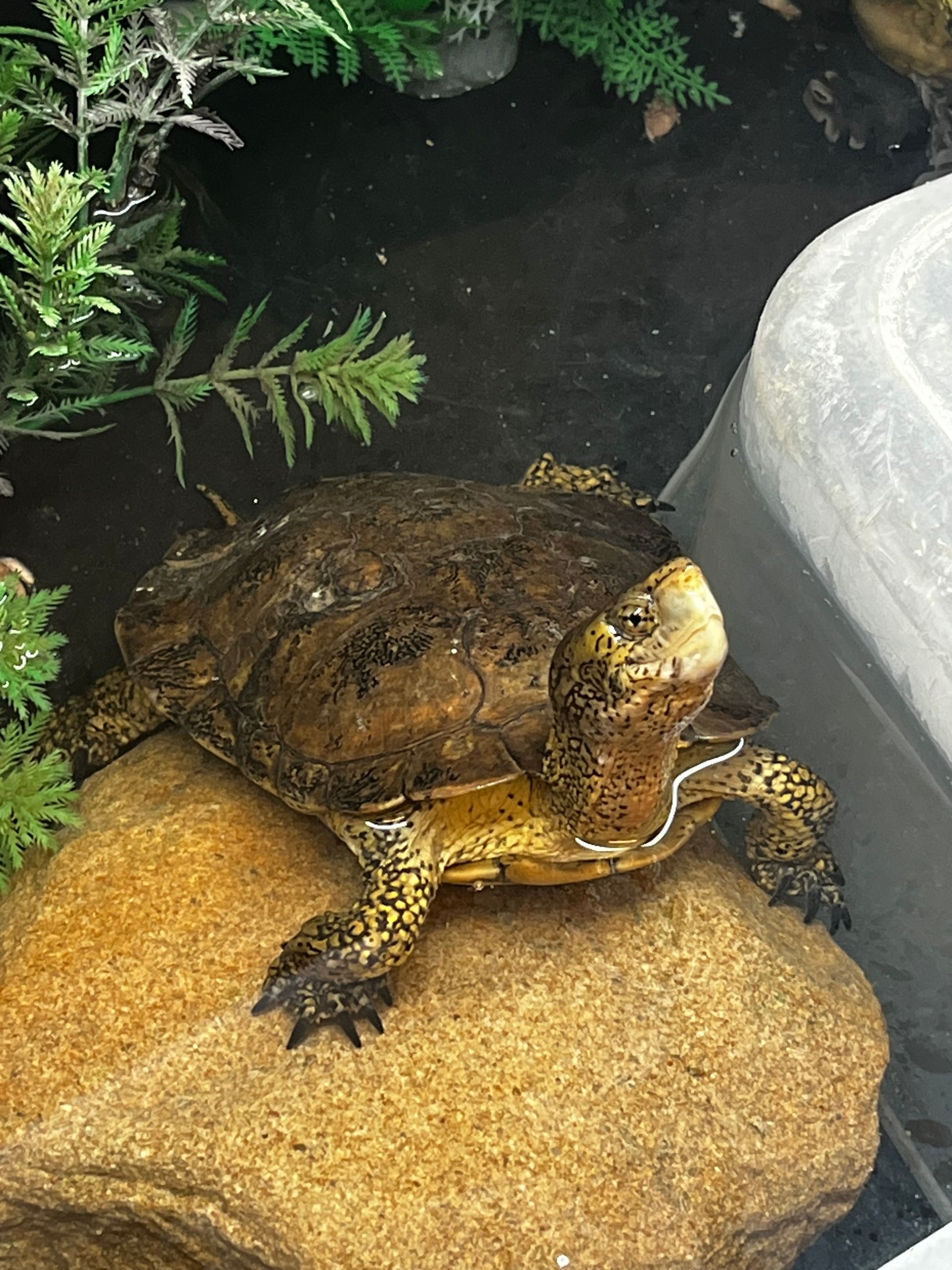Number of days in care: 105 days
We’ve received 11 total Bobcats this year, which is very rare for us! Here is one story we’d like to share in what we are calling the year of the Bobcat!
This Bobcat was admitted to the SBWCN Wildlife Hospital on August 24th after being rescued with a lameness in its left pelvic limb. Over the course of 105 days in care, this juvenile bobcat faced numerous challenges, including a suspected lead exposure, a slight limp, and difficulty ambulating. Despite these obstacles, the dedicated veterinary team and staff worked tirelessly to support its recovery.
Through a carefully monitored treatment plan, which included pain management, antibiotics, and nutritional support, the bobcat’s condition steadily improved. Regular check-ups showed progress, with the cat regaining its ability to move and climb, despite initial concerns about its mobility. The team adjusted the bobcat's diet and medication as needed to ensure optimal recovery, including additional care to manage stress and anxiety.
By early November, the bobcat was eating well, showing no signs of the original lameness, and even began hunting live prey, a crucial step in preparing for its release. It was transferred to a larger, more enriched enclosure with the help of Flying Tails, where it thrived alongside another rehabilitating bobcat, further boosting its chances of successful reintegration into the wild.
On December 4, 2024, after nearly four months of expert care, this Bobcat was released back into its natural habitat, strong and healthy.
This success story is a testament to the resilience of wildlife and the commitment of those who work tirelessly to ensure their recovery.
Bobcat Fun Facts:
- Bobcats can sprint up to 30 miles per hour while chasing prey. When stalking, they step with precision, placing their back feet exactly where their front feet landed to minimize noise and stay undetected.
- Bobcats are incredibly adaptable, thriving in environments ranging from deserts and swamps to forests and scrublands across North America. They can even coexist near human developments.
- Bobcats are solitary creatures with territorial ranges. A male’s home range may overlap with several females', but these cats rely on scent marking and visual signals to avoid confrontations with one another.
- Bobcats have white spots on the backs of their ears, which help kittens follow their mothers in dim light. If a kitten strays too far, the mother raises her tail to reveal its white underside, signaling them to catch up.
- Unlike domestic cats, bobcats rarely meow. Instead, they communicate with birdlike chirps, chortles, and, during mating season, eerie screams. You can hear some of their sounds and what they mean here.






